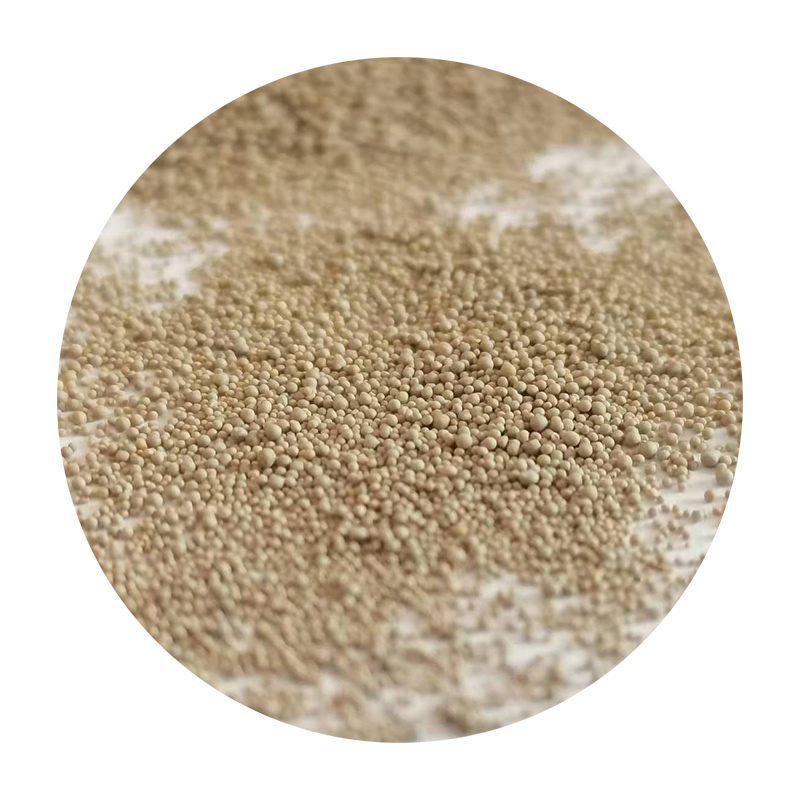The Significance of Sand Casting in Modern Manufacturing
When it comes to manufacturing processes, sand casting remains one of the most widely used methods for producing metal parts. This age-old technique, dating back thousands of years, has undergone various improvements and adaptations, making it relevant in today’s advanced manufacturing landscape. Understanding why sand casting is favored involves examining its numerous advantages, versatility, and the key role it plays in various industries.
Cost-Effectiveness
One of the primary reasons sand casting is so widely used is its cost-effectiveness. The materials involved in sand casting, primarily sand and metal, are relatively inexpensive compared to other casting methods. The process itself requires less specialized equipment, which means lower upfront investment for manufacturers. Additionally, the ability to reuse sand multiple times allows companies to save on material costs. This economic efficiency is especially crucial for small to medium-sized enterprises that must manage tight budgets while still delivering quality products.
Design Flexibility
Sand casting provides remarkable design flexibility, enabling manufacturers to produce complex shapes and geometries that would be challenging or impossible with other methods. The use of sand as the mold material allows for intricate details and large hollow sections, making it essential for products ranging from automotive components to artistic sculptures. Designers can create both simple and complex molds, adjusting the design parameters as needed without substantial redesign efforts. This ability to innovate design makes sand casting highly appealing in fields requiring bespoke solutions.
Scalability
Scalability is another advantage that reinforces the significance of sand casting. This process is suitable for both small and large production runs. For low-volume production, the ease of producing custom molds makes sand casting a go-to method. In contrast, larger runs can benefit from the speed and efficiency of the process, with automated sand mold machines significantly speeding up production rates. This adaptability allows manufacturers to respond quickly to market demands without incurring excessive costs.
why is sand casting used

Material Variety
The versatility of sand casting extends to the wide range of metals and alloys that can be utilized in the process. From iron and aluminum to brass and bronze, the ability to cast various materials allows manufacturers to select the most suitable metal for each specific application. This variety ensures that they can achieve desired properties such as strength, weight, corrosion resistance, and thermal conductivity. This material selection is particularly valuable in industries like aerospace and automotive, where specific performance characteristics are critical.
Simplicity of Process
The simplicity of the sand casting process is another factor contributing to its widespread use. The fundamental steps involve creating a mold from sand, pouring molten metal, and allowing it to solidify before removing the casting. This direct method requires minimal processing stages, reducing the likelihood of defects and streamlining quality control. Furthermore, the simplicity of the process facilitates easy trainer onboarding for new employees, enabling businesses to maintain a skilled workforce with minimal effort.
Environmental Considerations
In today’s world, environmental sustainability is a growing concern, and sand casting aligns with this trend to some extent. The core materials, sand and metal, are abundant and largely recyclable. Efforts to develop greener practices within the industry, such as using synthetic sands or implementing better sand reclamation methods, continue to progress. Consequently, the eco-friendliness of sand casting makes it an increasingly attractive option for manufacturers aiming to lessen their environmental impact.
Conclusion
Sand casting stands out as a powerful method in modern manufacturing, bridging the gap between traditional craftsmanship and contemporary industrial demands. Its cost-effectiveness, design flexibility, scalability, and material variety contribute to its enduring relevance across various sectors. As industries continue to innovate, the ongoing enhancements and adaptations of sand casting processes promise to keep this ancient technique at the forefront of manufacturing technology. With its ability to produce high-quality, complex metal parts efficiently and economically, sand casting will undoubtedly play a pivotal role in shaping the future of manufacturing.
Post time:Rgs . 25, 2024 14:40
Next:Supplier of High-Quality Sand Castings for Various Industries and Applications
